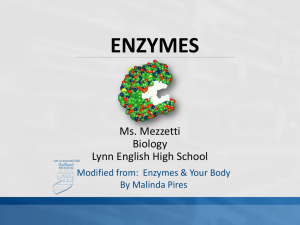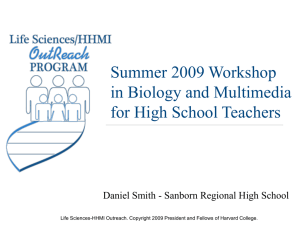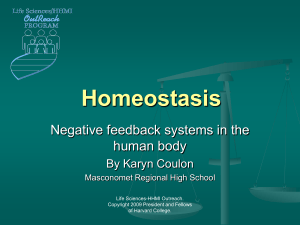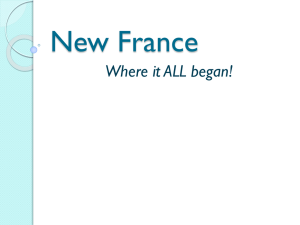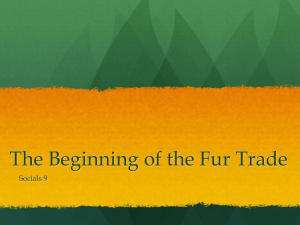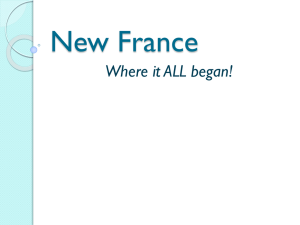“No Fur, No Fur!” Part III - Life Sciences Outreach at Harvard University
advertisement
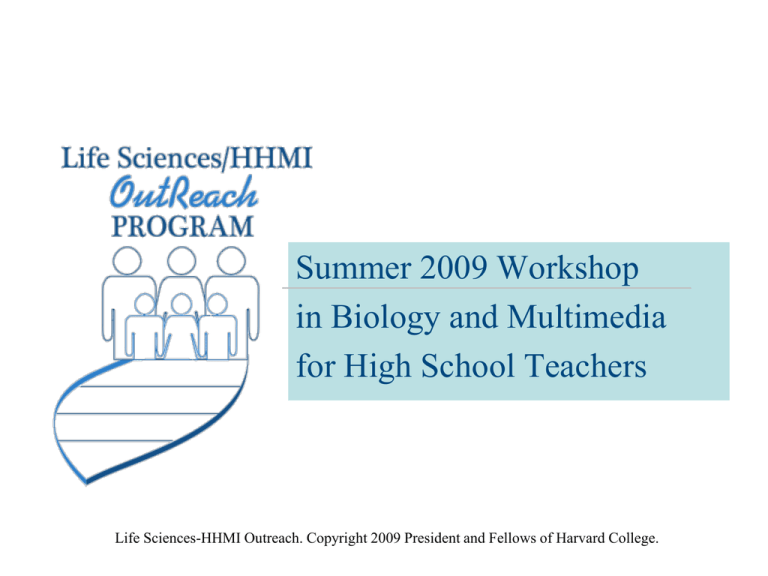
Summer 2009 Workshop in Biology and Multimedia for High School Teachers Life Sciences-HHMI Outreach. Copyright 2009 President and Fellows of Harvard College. “No Fur, No Fur!” Natural Selection and Homeostasis By Tracy H. Haswell Life Sciences-HHMI Outreach. Copyright 2009 President and Fellows of Harvard College. Introduction • • • • • • http://commons.wikimedia.org/wiki/File:Chimpanzee.jpg It is thought that humans were naked for more than a million years before we started wearing clothes. Really? Our closest relatives the chimpanzee have fur, so why did we lose ours? Studies show that although humans have the same amount of hair follicles as our fur wearing ancestors, this fur was replaced with the fine hair we have now. In this activity students will explore the mechanisms of natural selection in relation to the loss of fur in humans. Students will further study the homeostatic mechanisms of thermoregulation and the idea that the loss of fur gave humans an adaptive temperature regulating advantage. Life Sciences-HHMI Outreach. Copyright 2009 President and Fellows of Harvard College. Student Objectives 1. 2. 3. 4. http://commons.wikimedia.org/wiki/File:Ape_and_Human_Evolution_Tree.JPG Explore the three theories explaining why humans are the only “hairless” primates Students will create a natural selection storyboard which explains how natural selection could have operated making furless humans better adapted to their environment. Depending on time, students can end with a brief class presentation on the storyboard they created or translate the storyboards into PowerPoint presentations, story books or poster presentations. Students will design a model experiment with the goal of testing the thermoregulatory benefits of being furless. Life Sciences-HHMI Outreach. Copyright 2009 President and Fellows of Harvard College. “No Fur, No Fur!” Part I Three Theories Distribute and have students read articles 1 and 2: – o 1.“What is the latest theory of why humans lost their body hair? Why are we the only hairless primate?” by Mark Pagel, Scientific American June 4, 2007. http://www.scientificamerican.com/article.cfm?id=latest-theoryhuman-body-hair – o 2.“Why Humans and Their Fur Parted Ways” by Nicholas Wade The New York Times, August 19, 2003 . http://www.nytimes.com/2003/08/19/science/why-humans-andtheir-fur-parted-ways.html Have students complete the “Why Did Humans Lose Their Fur? Three Theories ” Handout Life Sciences-HHMI Outreach. Copyright 2009 President and Fellows of Harvard College. Name of Theory Aquatic Description Parasites Temperature Life Sciences-HHMI Outreach. Copyright 2009 President and Fellows of Harvard College. “No Fur, No Fur!” Part II Natural Selection Storyboards Distribute Storyboard handout Students will pick or be assigned one of the 3 explanations for the loss of fur and make a storyboard scenario of at least 4 and no more than 8 panels, which will illustrate one of the 3 theories explaining why humans lost their fur. Student groups briefly present their storyboards to the class Teachers may want students to translate their storyboards into PowerPoint presentations, story books or poster presentations Life Sciences-HHMI Outreach. Copyright 2009 President and Fellows of Harvard College. What is a Storyboard? • “Once a concept or script is written for a film or animation, the next step is to make a storyboard. • A storyboard visually tells the story of an animation panel by panel, kind of like a comic book.” (http://accad.osu.edu/womenandtech/Storyboard%20Resource/) Life Sciences-HHMI Outreach. Copyright 2009 President and Fellows of Harvard College. “No Fur, No Fur!” Part III Model Temperature Regulation Lab Distribute Lab Template Formulate lab groups Have students brainstorm ideas in groups as to how they will test the thermoregulatory benefit of hair loss in humans Have students fill in the lab template with their own original design to test the thermoregulatory benefit of fur loss in humans Life Sciences-HHMI Outreach. Copyright 2009 President and Fellows of Harvard College. Model Lab Introduction • Since our ancestors were very physically active as hunters and gatherers design a laboratory in which subjects exercise. • Temperature regulation during exercise will be examined under normal conditions and conditions in which a person is given something to wear that simulates having apelike fur. • In designing this lab make sure you identify your control and explain how you will simulate a “furry” human. • Although your lab is a model and not a lab you will be performing, please make sure it is realistic and includes both qualitative and quantitative measurements. Life Sciences-HHMI Outreach. Copyright 2009 President and Fellows of Harvard College. The Thermoregulatory Advantage of Losing Fur:A Model Lab • Purpose: • Hypothesis: • Experiment: – Materials – Procedure – Control – Dependent and Independent Variables • Predicted Results and Conclusion Life Sciences-HHMI Outreach. Copyright 2009 President and Fellows of Harvard College. Conclusion http://en.wikipedia.org/wiki/File:PetrusGonsalvus.jpg http://en.wikipedia.org/wiki/File:StephanLIonFacedMan.jpg • Did we really lose our fur? Life Sciences-HHMI Outreach. Copyright 2009 President and Fellows of Harvard College.
